REALREAL: The authentication story
New York Times
last updated: Nov 23,2022

The
trash bags seemingly contained a treasure trove. Comme des Garçons, Maison
Margiela, Helmut Lang, and Jean Paul Gaultier were all names on the tags of the
clothes stuffed inside.اضافة اعلان
The 10 black plastic bags had arrived in September at a 46,400sq.km in Perth Amboy, New Jersey, where The RealReal, a luxury resale marketplace, operates one of four authentication centers. They had been sent by a seller who said the clothes came from a vintage store that her aunt ran in Florida. After poring over the bags’ contents, about 100 garments in total, it was determined that the clothes were real — and that they could sell secondhand for as much as $100,000.
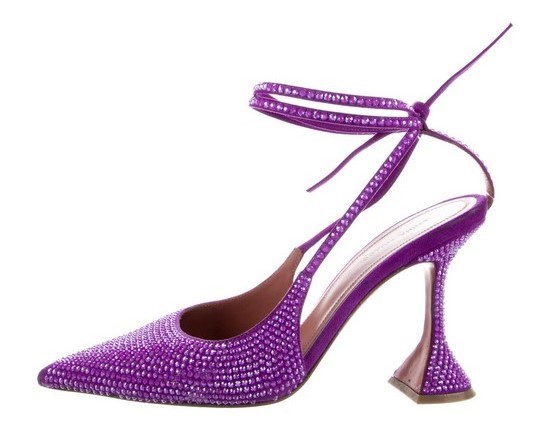
“These are some of the best Gaultier pieces we have ever come across,” said Dominik Halás, a master authenticator at The RealReal who specializes in vintage clothing, which the company defines as pieces that are at least 20 years old.
Halás, 29, is one of youngest people entrusted by The RealReal to authenticate garments, jewelry, and other accessories. Previously a menswear merchandising manager and archival expert at the company, where he started working in 2017, he was asked to join the authentication team soon after it started reselling vintage clothing in 2019, the same year The RealReal became a publicly traded company. (Its stock debuted on Nasdaq at $20 a share; it currently trades for less than $2.)
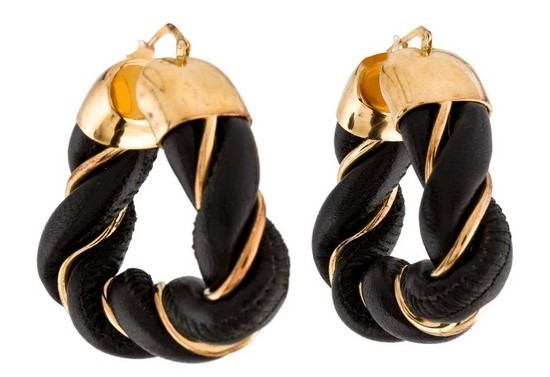
“We needed the right experts,” said Rachel Vaisman, vice president of merchandising operations. Although The RealReal has carried vintage handbags since it started in 2011, vintage clothing required “a specialized expert with the extensive knowledge and passion,” she added.
A passion for (vintage) fashion
At the authentication center in Perth Amboy, clothing racks are arranged in rows that appear longer than city blocks. On a Monday earlier this month, Halás was working his way through pieces from the shipment of 10 trash bags that had arrived weeks before. The clothes, most of which were from the late 1980s to early 2000s, included a double-breasted black-and-white Jean Paul Gaultier jacket lined in fabric featuring a male torso. The jacket was from the designer’s fall 1992 collection, which debuted before Halás was born.
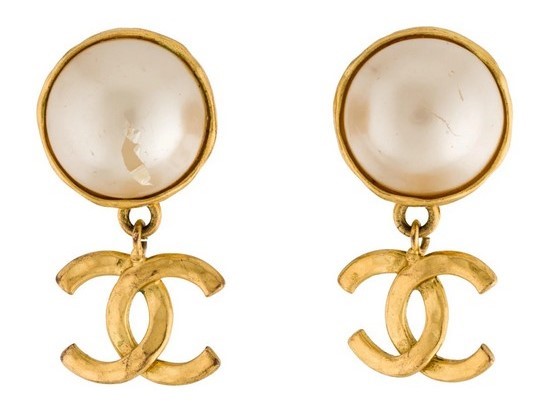
Another piece plucked out of the trash bags: “the iconic Margiela tattoo top” from the spring 1994 collection, which Halás noted paid homage to an earlier piece introduced in 1989. “It’s sheer and tight and the tattoo print resonates with the audience,” he said. “They look so relevant to fashion now, which is why they retain their value.” Halás added that the top probably sold for “a few hundred dollars” when it debuted; The RealReal listed it at $7,000.
Many factors determine The RealReal’s pricing. Condition is considered, as well as whether a piece was ever worn by a celebrity or featured in a museum exhibition. Commissions paid to sellers vary based on factors including sale price and type of item.
Halás said there has been interest lately in clothes from Romeo Gigli — specifically, pieces from the early 1990s, when a young Alexander McQueen worked at the brand before starting his own line. “It’s great work, and people are really paying attention to the McQueen seasons,” he said. Other brands that have become more covetable in recent years are French label Marithe and Francois Girbaud and Japanese line Matsuda, he added.
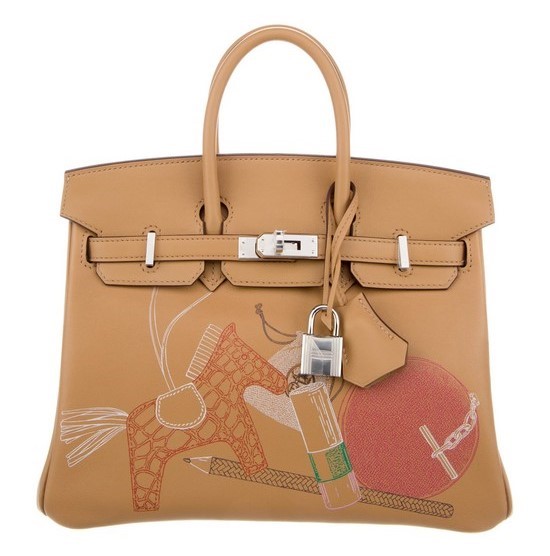
Born in Slovakia, Halás moved with his family to Montclair, New Jersey, in 1997, when he was 4. “We were working class and against spending money on non-necessities,” he said, adding that his interest in fashion was in part stoked by a 2007 article on designer Helmut Lang in T: The New York Times Style Magazine.
As a student at Montclair High School, he started a fashion club and became more familiar with the vintage-fashion business from working at Speakeasy Vintage, a boutique in Montclair that is now closed.
Halás started buying and reselling secondhand clothes online as a teenager. “If I had $100 to invest, I would buy something on Japanese eBay and sell it on the US site for $300,” he said. After graduating from Brown University, where he studied art history and architecture, he worked at showrooms including Goods and Services in New York, and then consulted for Helmut Lang before joining The RealReal.
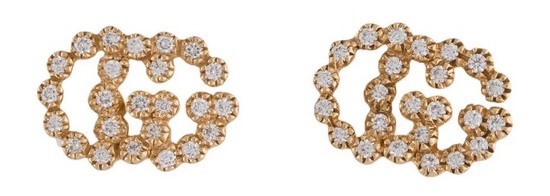
Along the way, Halás amassed his own fashion archive, which now contains about 500 pieces stored at his home in Jersey City, New Jersey, his parents’ home in Montclair and his brother’s dorm room at Bard College, in Annandale-on-Hudson, New York. “A significant part of my net worth is in clothing, so I hope it pays off,” he said of his collection, which includes menswear and womenswear from such designers as Yohji Yamamoto and Helmut Lang. Hedi Slimane is another favorite, particularly his pieces for Dior Homme’s fall 2003 collection.
In addition to clothes, Halás also collects old look books, which he and other RealReal authenticators use for research.
Weeding out fakes
Asked how often he sees a fake item, Halás looked visibly uncomfortable and glanced at Vaisman, his boss, before responding. “Several times a day, I see pieces that have failed to be authenticated,” he said. “I’ve come across counterfeits that are made now to resemble clothes from the ’80s or ’90s.”
All items sent to the company are ranked on a scale of one to five for how likely a piece is to be counterfeit. At the lower end of the scale, Halás said, would be a pair of contemporary designer jeans, because the resale value would not be more than the cost of producing a fake pair. At the higher end: bags with labels that say Chanel, Gucci, or Louis Vuitton, which are often counterfeited. With bags, authenticators receive help from a proprietary patent-pending software called Vision, which catalogs photos of authentic styles that can be used for reference.
“This is how we scale the Dominiks of the world,” Vaisman said.
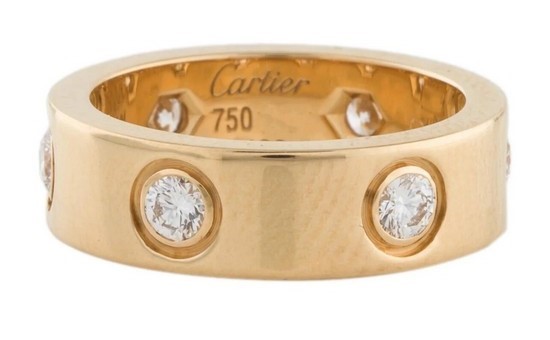
The hardest-to-judge items are reserved for master authenticators such as Halás. While looking at a black Yohji Yamamoto coat, he paid particular attention to the tags, which noted the coat’s size with a number, a detail that meant the piece was introduced after the spring 2000 collection (before that, he explained, sizes were noted with letters). The tags also used a serif font, a detail that Halás said indicated the coat was from a collection before 2010. The coat’s YKK zipper with two pulls was a common element in pieces from the label, he added.
“I know this fits in with the collection,” said Halás, who ultimately determined the coat was from the fall 2002 collection.
More suspicious was a sweater with a Louis Vuitton tag. Like other pieces from the brand’s fall 2018 collection, it had a graphic that read “peace and love”. But a closer inspection revealed that the garment’s stitching was not neatly aligned and that its tag felt thicker than those of other Vuitton pieces. The tag also noted it contained wool from vicuñas, which is very fine. Halás said he could tell by touching the sweater that it was too coarse to contain the material, so he ruled the garment a fake.
Most sellers are notified when The RealReal cannot authenticate an item. Suspicious pieces sent in unknowingly are returned. “We have a three-strike policy,” Vaisman said. “We’ll inform the consignor as to why we cannot accept the item.” When authenticators suspect an “obvious intent to defraud, we sequester the item and destroy the item, and work with law enforcement”, she added.
If customers think something they buy from the company is inauthentic, Vaisman said, “we’ll always take it back and have an expert look at it.”
Watching Halás in action suggested that his job is not exactly a science. Determining the authenticity of certain garments — the Louis Vuitton sweater, say, or a light-blue nylon jacket with a Prada logo on it — can sometimes be more of an art.
“The quality of the material is throwing me off,” he said while handling the nylon jacket. “I feel authentic Prada ready-to-wear every day, and the best way I can say it is this doesn’t feel expensive enough.”
Read more Fashion
Jordan News
The 10 black plastic bags had arrived in September at a 46,400sq.km in Perth Amboy, New Jersey, where The RealReal, a luxury resale marketplace, operates one of four authentication centers. They had been sent by a seller who said the clothes came from a vintage store that her aunt ran in Florida. After poring over the bags’ contents, about 100 garments in total, it was determined that the clothes were real — and that they could sell secondhand for as much as $100,000.

“These are some of the best Gaultier pieces we have ever come across,” said Dominik Halás, a master authenticator at The RealReal who specializes in vintage clothing, which the company defines as pieces that are at least 20 years old.
Halás, 29, is one of youngest people entrusted by The RealReal to authenticate garments, jewelry, and other accessories. Previously a menswear merchandising manager and archival expert at the company, where he started working in 2017, he was asked to join the authentication team soon after it started reselling vintage clothing in 2019, the same year The RealReal became a publicly traded company. (Its stock debuted on Nasdaq at $20 a share; it currently trades for less than $2.)

“We needed the right experts,” said Rachel Vaisman, vice president of merchandising operations. Although The RealReal has carried vintage handbags since it started in 2011, vintage clothing required “a specialized expert with the extensive knowledge and passion,” she added.
A passion for (vintage) fashion
At the authentication center in Perth Amboy, clothing racks are arranged in rows that appear longer than city blocks. On a Monday earlier this month, Halás was working his way through pieces from the shipment of 10 trash bags that had arrived weeks before. The clothes, most of which were from the late 1980s to early 2000s, included a double-breasted black-and-white Jean Paul Gaultier jacket lined in fabric featuring a male torso. The jacket was from the designer’s fall 1992 collection, which debuted before Halás was born.

Another piece plucked out of the trash bags: “the iconic Margiela tattoo top” from the spring 1994 collection, which Halás noted paid homage to an earlier piece introduced in 1989. “It’s sheer and tight and the tattoo print resonates with the audience,” he said. “They look so relevant to fashion now, which is why they retain their value.” Halás added that the top probably sold for “a few hundred dollars” when it debuted; The RealReal listed it at $7,000.
Many factors determine The RealReal’s pricing. Condition is considered, as well as whether a piece was ever worn by a celebrity or featured in a museum exhibition. Commissions paid to sellers vary based on factors including sale price and type of item.
Halás said there has been interest lately in clothes from Romeo Gigli — specifically, pieces from the early 1990s, when a young Alexander McQueen worked at the brand before starting his own line. “It’s great work, and people are really paying attention to the McQueen seasons,” he said. Other brands that have become more covetable in recent years are French label Marithe and Francois Girbaud and Japanese line Matsuda, he added.

Born in Slovakia, Halás moved with his family to Montclair, New Jersey, in 1997, when he was 4. “We were working class and against spending money on non-necessities,” he said, adding that his interest in fashion was in part stoked by a 2007 article on designer Helmut Lang in T: The New York Times Style Magazine.
As a student at Montclair High School, he started a fashion club and became more familiar with the vintage-fashion business from working at Speakeasy Vintage, a boutique in Montclair that is now closed.
Halás started buying and reselling secondhand clothes online as a teenager. “If I had $100 to invest, I would buy something on Japanese eBay and sell it on the US site for $300,” he said. After graduating from Brown University, where he studied art history and architecture, he worked at showrooms including Goods and Services in New York, and then consulted for Helmut Lang before joining The RealReal.

Along the way, Halás amassed his own fashion archive, which now contains about 500 pieces stored at his home in Jersey City, New Jersey, his parents’ home in Montclair and his brother’s dorm room at Bard College, in Annandale-on-Hudson, New York. “A significant part of my net worth is in clothing, so I hope it pays off,” he said of his collection, which includes menswear and womenswear from such designers as Yohji Yamamoto and Helmut Lang. Hedi Slimane is another favorite, particularly his pieces for Dior Homme’s fall 2003 collection.
In addition to clothes, Halás also collects old look books, which he and other RealReal authenticators use for research.
Weeding out fakes
Asked how often he sees a fake item, Halás looked visibly uncomfortable and glanced at Vaisman, his boss, before responding. “Several times a day, I see pieces that have failed to be authenticated,” he said. “I’ve come across counterfeits that are made now to resemble clothes from the ’80s or ’90s.”
All items sent to the company are ranked on a scale of one to five for how likely a piece is to be counterfeit. At the lower end of the scale, Halás said, would be a pair of contemporary designer jeans, because the resale value would not be more than the cost of producing a fake pair. At the higher end: bags with labels that say Chanel, Gucci, or Louis Vuitton, which are often counterfeited. With bags, authenticators receive help from a proprietary patent-pending software called Vision, which catalogs photos of authentic styles that can be used for reference.
“This is how we scale the Dominiks of the world,” Vaisman said.

The hardest-to-judge items are reserved for master authenticators such as Halás. While looking at a black Yohji Yamamoto coat, he paid particular attention to the tags, which noted the coat’s size with a number, a detail that meant the piece was introduced after the spring 2000 collection (before that, he explained, sizes were noted with letters). The tags also used a serif font, a detail that Halás said indicated the coat was from a collection before 2010. The coat’s YKK zipper with two pulls was a common element in pieces from the label, he added.
“I know this fits in with the collection,” said Halás, who ultimately determined the coat was from the fall 2002 collection.
More suspicious was a sweater with a Louis Vuitton tag. Like other pieces from the brand’s fall 2018 collection, it had a graphic that read “peace and love”. But a closer inspection revealed that the garment’s stitching was not neatly aligned and that its tag felt thicker than those of other Vuitton pieces. The tag also noted it contained wool from vicuñas, which is very fine. Halás said he could tell by touching the sweater that it was too coarse to contain the material, so he ruled the garment a fake.
Most sellers are notified when The RealReal cannot authenticate an item. Suspicious pieces sent in unknowingly are returned. “We have a three-strike policy,” Vaisman said. “We’ll inform the consignor as to why we cannot accept the item.” When authenticators suspect an “obvious intent to defraud, we sequester the item and destroy the item, and work with law enforcement”, she added.
If customers think something they buy from the company is inauthentic, Vaisman said, “we’ll always take it back and have an expert look at it.”
Watching Halás in action suggested that his job is not exactly a science. Determining the authenticity of certain garments — the Louis Vuitton sweater, say, or a light-blue nylon jacket with a Prada logo on it — can sometimes be more of an art.
“The quality of the material is throwing me off,” he said while handling the nylon jacket. “I feel authentic Prada ready-to-wear every day, and the best way I can say it is this doesn’t feel expensive enough.”
Read more Fashion
Jordan News


